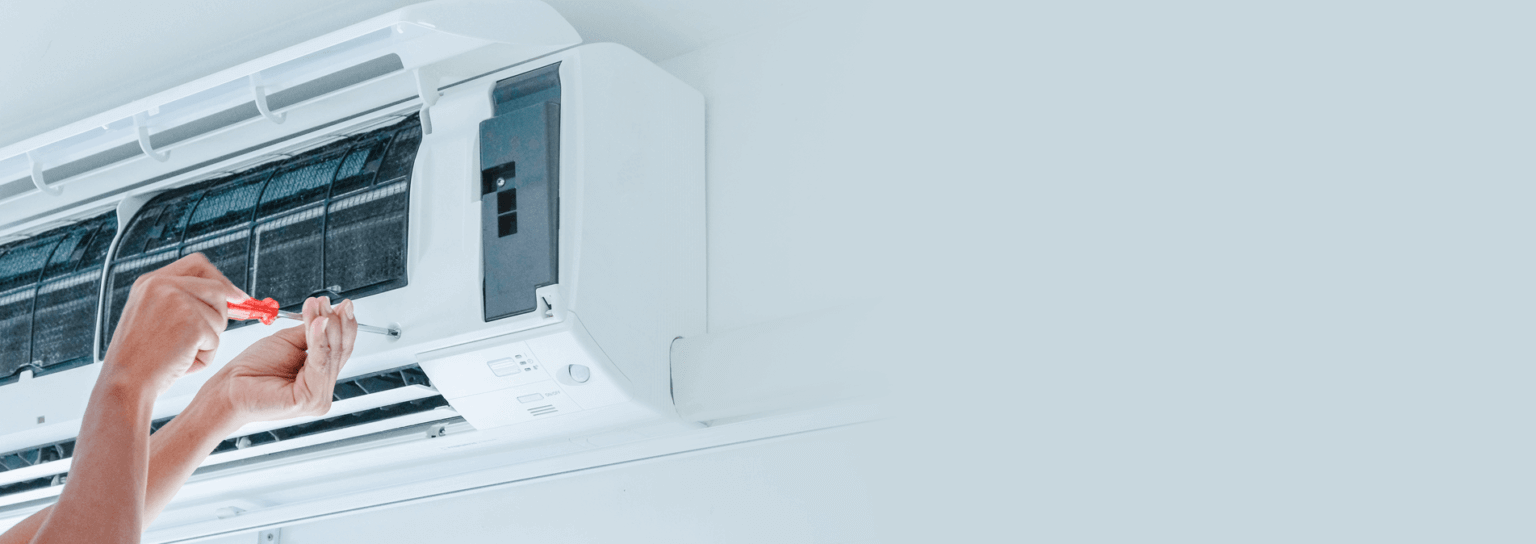Heating, ventilation, and cooling systems, commonly known as HVAC, is a vital component of modern life that many people often overlook. From https://milsaver.com/members/templeside7/activity/1471626/ of a heated home in winter to the crisp air of air conditioning during intense summers, HVAC systems play a crucial role in our well-being and well-being. The history of HVAC is a captivating story that showcases human ingenuity and technological advancements over the decades, transforming the way we manage our indoor environments.
As we delve into the evolution of HVAC, we will explore how these systems began, their development through the years, and the breakthroughs that have shaped today's heating and cooling solutions. Whether you are a homeowner looking to upgrade your system or a business owner seeking efficient climate control, understanding the history and function of HVAC is key to making wise decisions. Come with us as we uncover the milestones in HVAC history and how they relate to the convenience and effectiveness of our residential and business spaces.
Grasping HVAC Systems
HVAC, which stands for heat, airflow, and air conditioning, is a essential component in not only home and business structures. Its primary function is to deliver convenience by controlling indoor temperatures, managing humidity levels, and ensuring good air quality. These systems combine various technologies to enable heating during cooler seasons and cooling during warmer months, making them vital for year-round convenience.
The elements of an HVAC system typically comprise a heater or heat generator for heating, an air conditioner for cooling, ductwork for distributing conditioned air, and ventilation systems to bring in fresh air and eliminate used air. Progress in HVAC innovation have produced enhanced energy effectiveness and more control over heating and refreshing settings, often incorporating intelligent technology that allows homeowners and businesses to optimize their energy usage and lower expenses.
An efficient HVAC setup not only enhances comfort but also is crucial in maintaining indoor air standards. By cleaning and circulating air, these systems help to irritants and contaminants, which is notably critical for people with respiratory issues. Proper understanding and upkeep of HVAC components can lead to a healthier living space and higher performing functioning, eventually conserving energy and lowering utility bills.
HVAC Care and Efficiency
Consistent care of your HVAC unit is vital for guaranteeing its performance and longevity. A properly cared for system not only performs optimally but can also lead to substantial savings on power bills. Basic care tasks include changing air filters frequently, cleaning ducts, and monitoring the thermostat settings. By keeping these components in good condition, you can prevent unnecessary strain on the system, which often results in costly repairs and inefficient energy use.
In alongside regular upkeep, periodic maintenance is important for improving your system's effectiveness. Autumn and autumn are optimal times to book qualified tune-ups, as these times typically involve transitioning between heating and and air conditioning modes. Technicians can check various aspects, such as refrigerant levels, electrical connections, and motor operations, making sure that your system operates efficiently when it is most required the most. Ignoring these annual check-ups can lead to surprising breakdowns when conditions spike or fall.
Boosting the efficiency of your HVAC equipment can also be achieved through smart technology and upgrades. Using a programmable thermostat allows for better temperature control based on your schedule, cutting energy consumption when you are away. Moreover, think about investing in eco-friendly appliances or segmented heating and cooling solutions. Over time, these advancements can greatly enhance system efficiency, reduce your carbon footprint, and lead to significant cost savings on energy bills.
Innovations in Heating, Ventilation, and Air Conditioning Technology
The heating and cooling sector has seen remarkable technological advancements over the years, leading to increased efficiency and better comfort for homeowners. Intelligent thermostats are one of the most significant innovations, allowing homeowners to operate their climate control systems from afar. These devices understand user choices and modify settings automatically, resulting in minimized energy consumption and lower monthly expenses. Additionally, integration with smart home technology enables smooth control of HVAC together with other automated devices, improving overall utility.

Another breakthrough in HVAC systems is the creation of variable refrigerant flow systems. These units allow for precise temperature control and efficient operation by modifying the amount of coolant flowing to the inside components based on requirements. This flexibility not only enhances comfort but also considerably reduces energy expenditure compared to traditional systems. Innovations in mini-split technologies have made temperature regulation more feasible for houses without pre-installed ductwork, allowing for personalized climate control in specific spaces.
Geothermal HVAC solutions represent another state-of-the-art solution in HVAC technology. By harnessing the earth's stable underground temperature, these systems can provide highly efficient heating in the chilly season and cooling in the hot months, often with meaningful energy savings. The initial investment may be greater, but the long-term gains include reduced utility costs and a reduced carbon footprint. As innovation continues to progress, HVAC systems are becoming smarter, even more efficient, and better aligned with sustainable practices, defining the future of heating and cooling.
